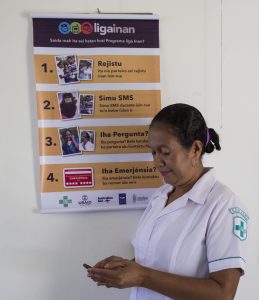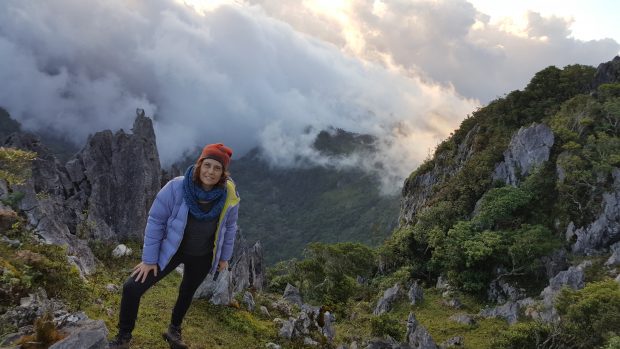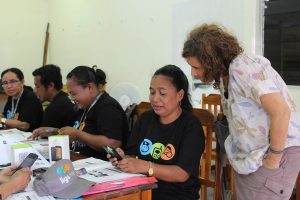To follow is a case study that I believe fits well within Week 4, Week 6, or another week. The case-study is based on a real scenario drawn from my experience working in various countries in Asia and the Pacific. As requested, names of places and people are fictional.
Yovita heads the Institute of Midwife Education in the Ministry of Health in the island nation of Fa’usi in the South Pacific. Fa’usi recently acquired independence after a prolonged war with a neighbouring country which occupied it. As a result, Fa’usi is now starting to recover, but is still ranked one of the poorest countries in the Pacific.
Yovita recently completed a Master of Public Health, thanks to being awarded a scholarship in Australia, and has come back to Fa’usi inspired with new ideas. On her return to Fa’usi, she undertook a training needs assessment of the 520 midwives in her country. Yovita was shocked with the poor results of the assessment and has identified several gaps in the competencies of midwives in her country, which in part, explains the high maternal mortality rate in Fa’usi. Yovita also learnt through the assessment that 90% of midwives have not had any in-service training in the past 5 years and many of the newly graduated midwives are moved immediately to remote parts of the country to work on their own without any support.
Yovita concluded from the training needs assessment that she needs to find a way to build the competencies of midwives in her country, but she is also mindful that the Minister has informed her that he doesn’t want midwives to be away from their health facility for extended periods. She also learnt that the few midwives who have recently had the opportunity to do in-service training in the Midwife Training Centre reported that the training was of a very poor standard and their assessment results after training indicated no improvements in their competencies. What’s more, training in the Midwife Trainer Centre is very expensive because the government policy requires obligatory per diems and travel to be paid to all participants. Moreover, the country’s health budget is very small and there are many health priorities, so Yovita only gets a very small portion of the national health budget. However, Yovita was excited to learn that while she was away in Australia, a Canadian government supported project, issued all midwives in Fa’usi with a smart mobile phone to support health data collection in their communities and the government is providing a small monthly phone credit for work related calls.
Yovita has limited experience with technology other than using Facebook and WhatsApp for socializing. Interestingly, Fa’usi has one of the highest subscriptions to Facebook in the Pacific. The broadband connection in Fa’usi is also quite good, but there are weekly outages, and broadband coverage of the country currently stands at about 80% but is growing daily; though many people complain of slow speeds. Other technological challenges include phones breaking down from time to time and electricity outages. But on the positive side, most midwives are familiar with the basics of their mobile phone.
Yovita has recently learnt that the Canadian government is calling for proposals for projects in her country in the area of digital health, and Yovita is considering using mobile phones as a platform for in-service training of midwives, and she decided to go to a Non-Government Organisation in her country which specializes in the use of technology for development called ICT4D to get advice.
Discussion
The Director of ICT4D has asked you, as the Education & Technology Adviser, to meet with Yovita to discuss her educational challenge. What strategies would you recommend for Yovita to create an engaging learning experience for midwives? What might be some of the pitfalls that she may also need to consider?
What advice will you give Yovita? Please post your thoughts and recommendations in Week X discussion forum.


